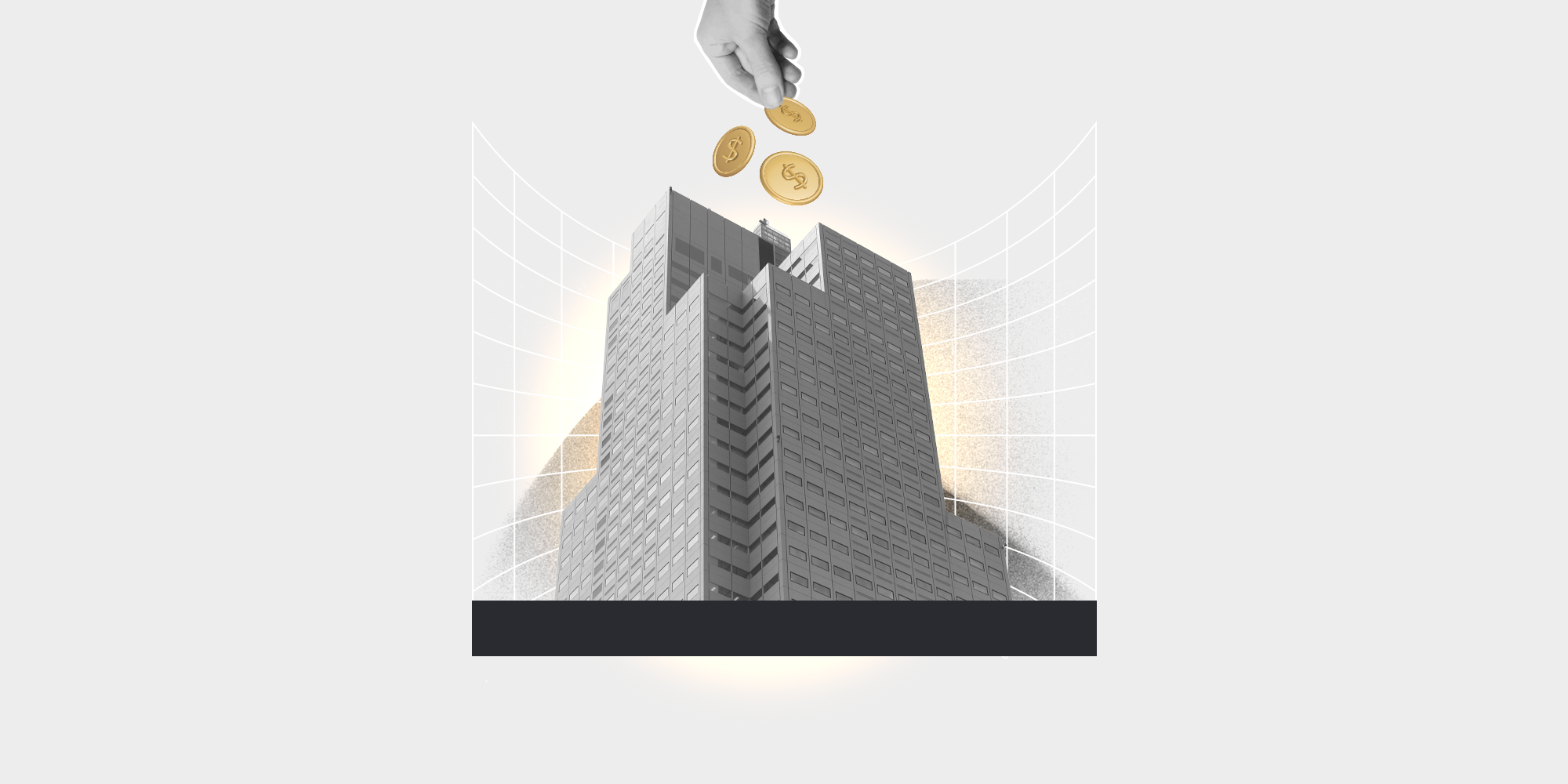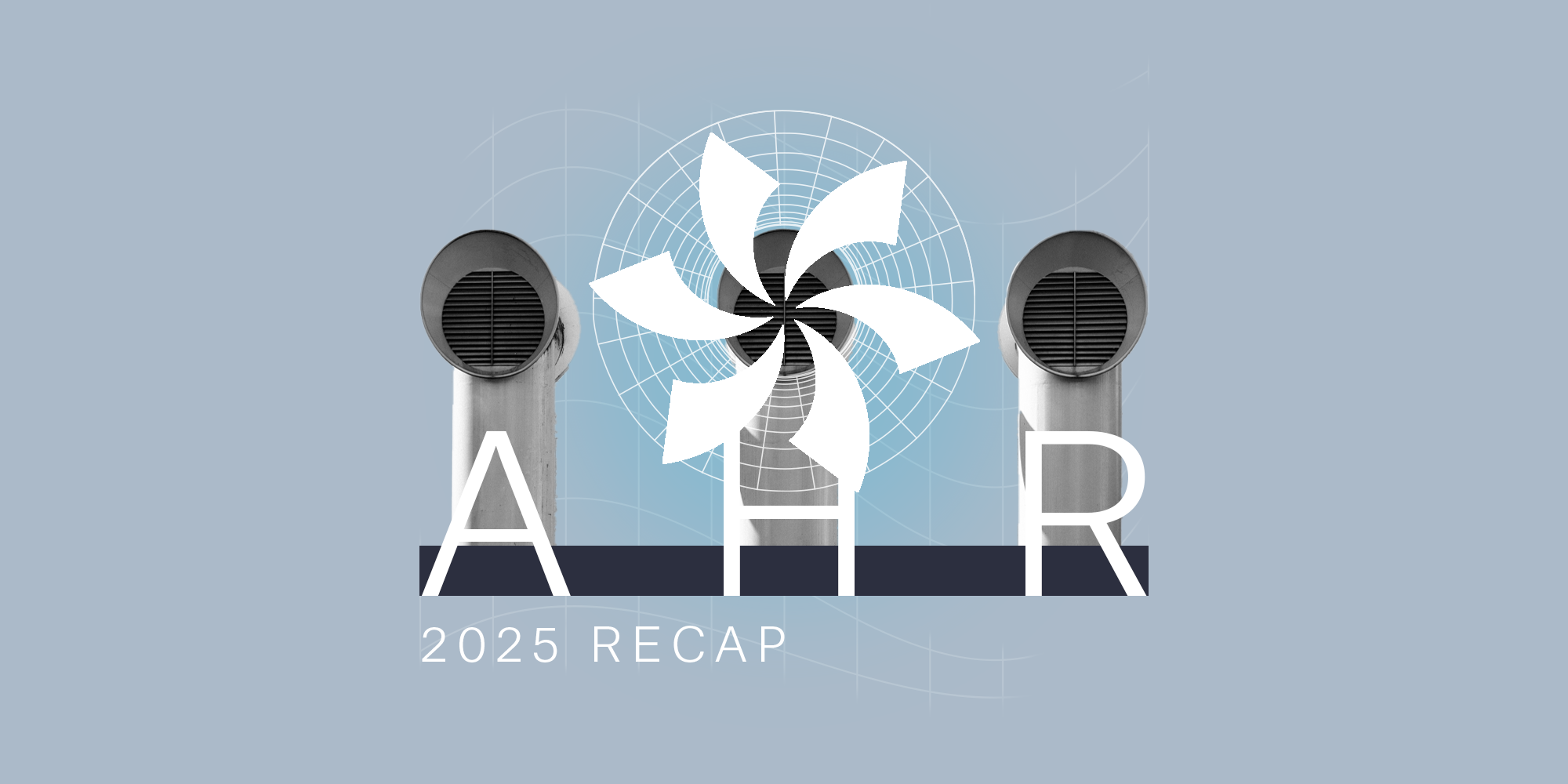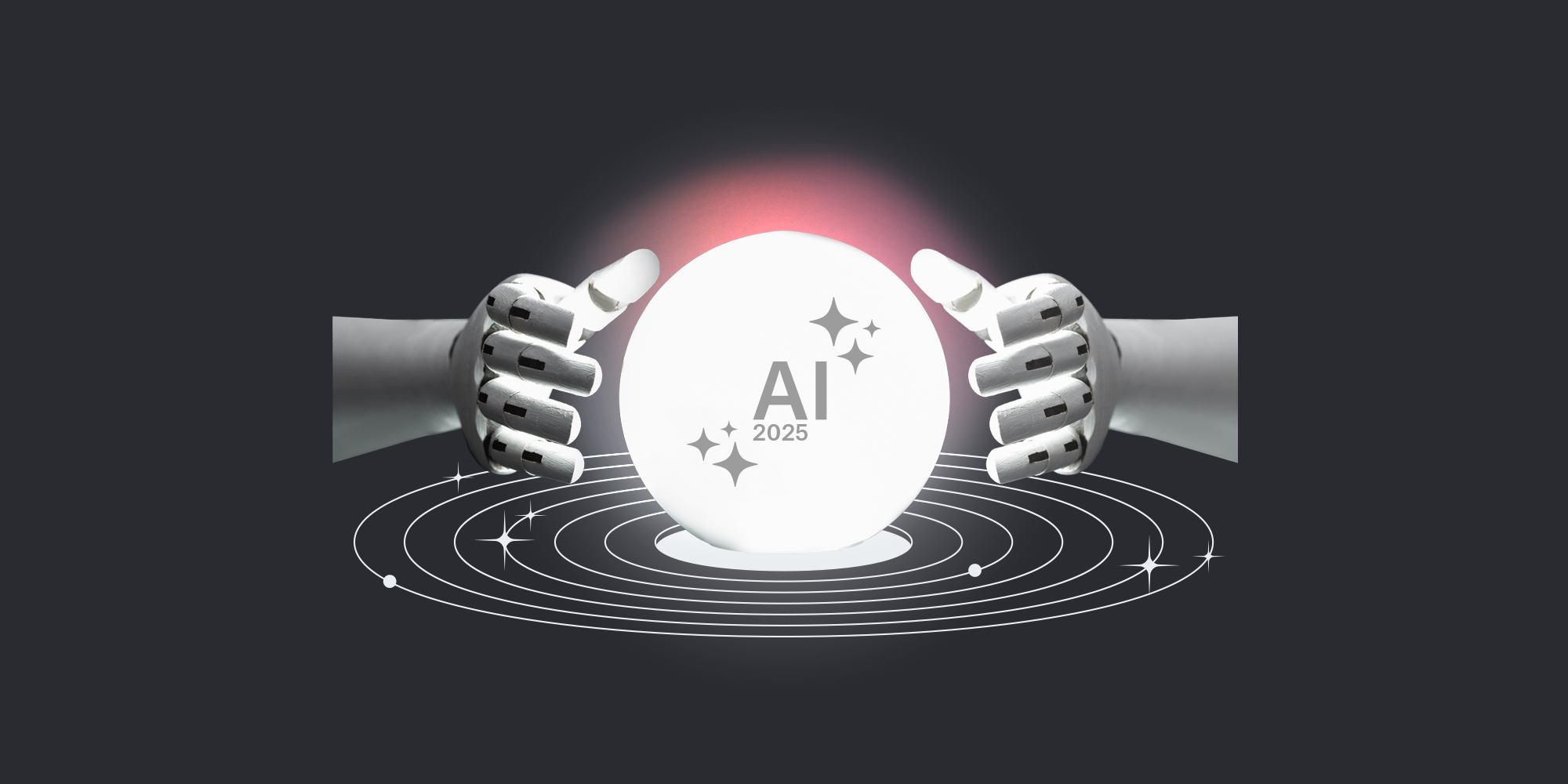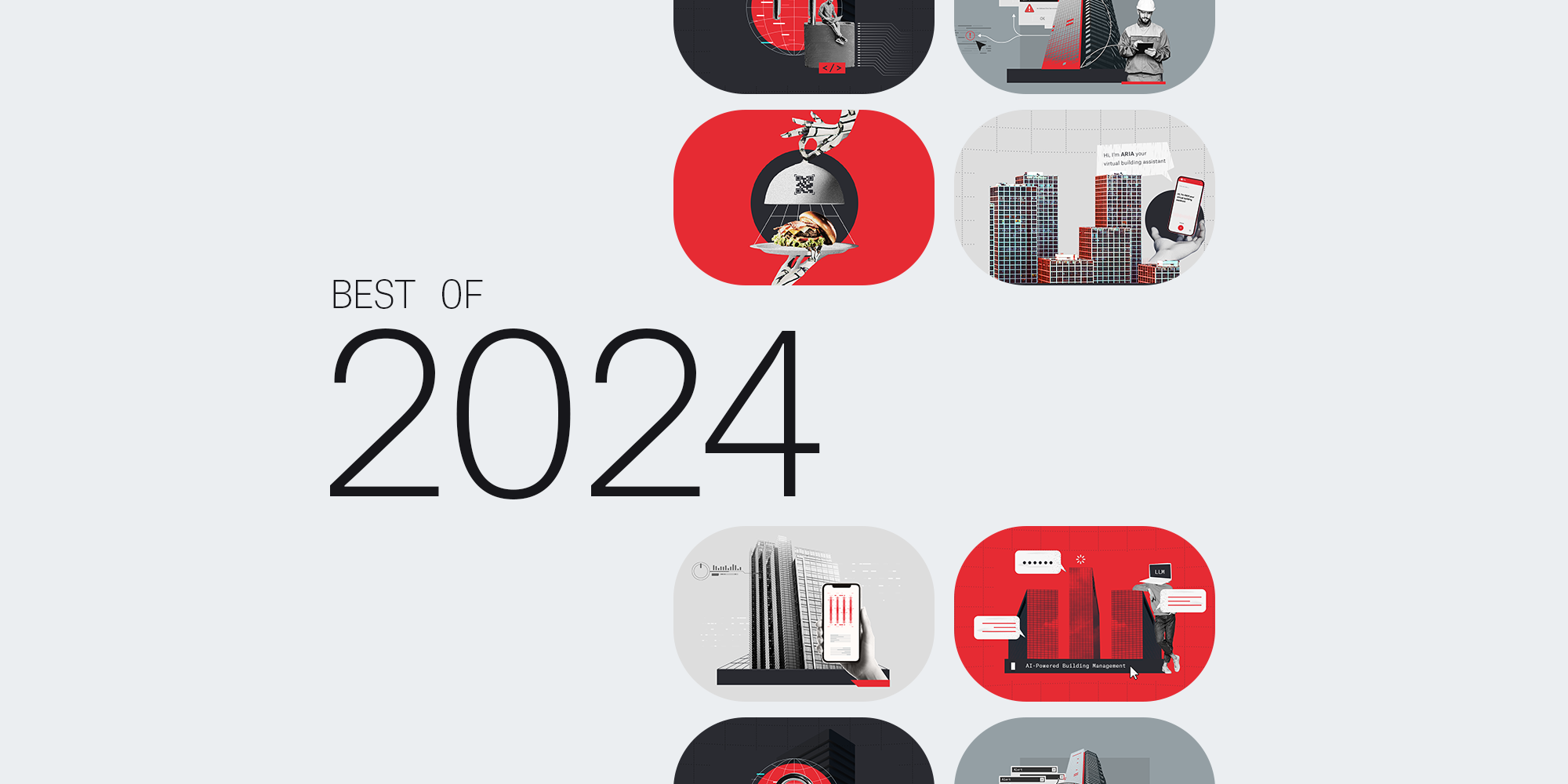Piloting BrainBox AI in multi-site retail buildings: A collaboration

Key takeaways
- BrainBox AI’s pilot process begins with an exploratory meeting to assess HVAC management challenges and outline potential energy savings and sustainability improvements.
- A pilot involves testing AI solutions in select buildings and developing standardized processes for a scalable, efficient rollout across multiple locations.
- Key milestones include system setup, algorithm deployment, and regular progress updates, ensuring alignment with customer goals and optimal performance.
- BrainBox AI customizes its solutions based on building-specific needs, providing flexibility to meet varying systems, climates, and operational behaviors.
- With a collaborative, hands-on approach, BrainBox AI’s team supports customers throughout the pilot, offering ongoing system optimization and 24/7 monitoring post-rollout.
Contributors
Tiwa Lawal
Client Project Manager, BrainBox AI
Blake Standen
Director of Technical Sales, BrainBox AI
Before committing to any new technology, there are some questions most multi-site retail building owners and managers ask: Can I try before I buy? What’s required to test this tech? What’s the process like? And how seamless will it be for me and my team? To answer these questions, we sat down with BrainBox AI’s Project Manager, Tiwa Lawal, and Director of Technical Sales, Blake Standen.
Blake and Tiwa, can you give us an overview of the stages a multi-site retailer goes through during a pilot project with BrainBox AI, from preliminary meeting to full-scale rollout?
Blake: Sure. The journey for a multi-retail site customer begins with a preliminary exploratory meeting where we assess their needs, goals, and current challenges in their HVAC management. We also discuss their energy reduction and sustainability objectives and how our AI-driven solutions can address these issues. After gathering basic information about their buildings and goals, we move into the evaluation phase, where we provide a customized report outlining the potential savings and efficiency gains they can experience with our solution.
Once the customer decides to move forward, we initiate phase one—a pilot project—where our solution is tested in a select group of buildings in preparation for a larger-scale rollout. Throughout the pilot, we build standardized processes, configurations, and strategies to ensure our tech can be rolled out quickly and efficiently across multiple locations without having to start from scratch each time.
Throughout the pilot, we build standardized processes, configurations, and strategies to ensure our tech can be rolled out quickly and efficiently across multiple locations.
After reviewing the pilot's success, we move toward executing a full-scale rollout, expanding our solution to all selected sites while providing ongoing support to ensure consistent, long-term value.
Tiwa: It’s good to note here that even after the full rollout, our work continues. We conduct regular performance reviews, system updates, and continuous optimization based on the latest data.
Tiwa, can you walk us through the key milestones you and your team need to reach during a successful pilot? How do they align with a typical project timeline?
Tiwa: Absolutely. This is an important question because a successful pilot really hinges on hitting key milestones at each phase to ensure smooth execution and desired results throughout.
We always begin with a detailed handover from the sales team, covering building specifics, customer objectives, and initial data. This sets the tone for the project and ensures alignment across teams.
Next, during the planning phase, our Solution Engineering team works with the customer to determine the right building solution to achieve their desired goals. This phase also presents us with the opportunity to enhance general building performance by addressing any issues, such as outdated controllers, or making necessary network adjustments.
Once installation or setup is complete, we digitalize the building's systems, standardizing point names (the labels assigned to different sensors and equipment) so our algorithms can effectively communicate with the building’s systems. This process is a bit like learning how the building behaves, which allows us to interact with its systems directly and more accurately. After that, we review all the control points to ensure they’re correctly mapped - by which I mean we verify that all sensors, devices, and system components are correctly identified and connected.
Next, we deploy our algos, gradually rolling them out, customizing them to the building's needs, and ensuring they perform optimally. Throughout this entire process, we schedule regular check-ins to provide updates on the pilot’s progress and ensure that everyone’s on the same page.
Finally, we reach the "go live" phase, where the building is fully operational under the BrainBox AI system. From here, we hand the project over to our brilliant Support and Services team for ongoing assistance and 24/7 monitoring.
What do customers need to begin a pilot project with BrainBox AI?
Blake: To correctly assess our technology’s potential value for a customer, we need information like energy bills, energy consumption data, site locations, a list of existing infrastructure, and the square footage of controllable areas.
With that information, we create what we call a Scout Report, which outlines the customer’s KPIs and highlights the potential maintenance improvements, integration strategies, and sustainability impacts our solution can have. It also accurately projects a customer’s potential savings with us over a year or more.

A BrainBox AI Scout Report
The great thing about our Scout Report is that it’s free, so there’s no need for customers to conduct an energy audit or hire an IT consultant. If customers are unsure how to gather the necessary data, we offer to do it for them – also free of charge.
The great thing about our Scout Report is that it’s free, so there’s no need for customers to conduct an energy audit or hire an IT consultant. If customers are unsure how to gather the necessary data, we offer to do it for them – also free of charge.
The Scout Report is crucial in helping customers make an informed decision about whether to move forward with a pilot. Once they do decide to proceed, Tiwa and her team guide them through the pilot phases, demonstrating our value at each step.

What kinds of buildings are best for a pilot project?
Blake: Choosing the right buildings for the pilot is crucial. We find it’s best to choose a representative mix of retail sites, including different building types in different climate zones. For example, piloting in both hot, humid climates and colder regions can provide insights into how the AI optimizes HVAC systems differently based on local conditions.
Choosing the right buildings for the pilot is crucial. We find it’s best to choose a representative mix of retail sites, including different building types in different climate zones... to provide insights into how the AI optimizes HVAC systems differently based on local conditions
Tiwa: High energy usage sites, like those with extensive HVAC needs or high occupancy rates, are also ideal candidates for a pilot as they tend to have the most potential for energy savings. Additionally, buildings with complex HVAC systems, like chillers, boilers, and multiple air handling units, are also good candidates for a pilot - the more intricate the systems, the more opportunities there are for our AI to optimize performance and demonstrate its capabilities.
What stakeholders are involved?
Tiwa: We generally interact with several key stakeholder groups in a customer's organization. Facility management teams provide us with essential insights into building operations and existing issues. IT and security teams ensure data transfers are secure and compliant with their company’s cybersecurity policies. Sustainability officers and energy managers align the project with the organization's environmental goals. Multi-site retailers also often involve third-party monitoring companies that manage day-to-day operations and system performance, making them essential collaborators in optimizing energy performance.
Blake: Senior leadership teams are also crucial, especially when deciding to scale the project, so we make sure to keep them informed throughout the pilot to demonstrate our continued value.
Tiwa: On our side, we involve sales engineers like Blake during the pre-sales process and throughout the pilot. Our Onboarding Engineers handle the technical deployment and ensure our algorithms are properly integrated with the building systems and everything’s working as it should. Finally, our Support and Service team monitors performance and ensures the customer is satisfied with the results once the AI is up and running.
Blake: As you can see, it’s a highly collaborative approach. Each stakeholder brings something valuable to the table - whether it’s the facility manager’s knowledge of the building, the sustainability team’s vision for energy savings, or IT’s focus on security. Our job is to bring all these pieces together, ensuring that we’re working as one cohesive team.
It’s a highly collaborative approach. Each stakeholder brings something valuable to the table... Our job is to bring all these pieces together, ensuring that we’re working as one cohesive team.

What’s the customer’s level of time commitment and engagement needed for a pilot project?
Tiwa: The time commitment from the customer during a pilot project with us is designed to be as minimal as possible. We take care of the majority of the technical work, including the installation, configuration, and monitoring of the system. However, there is an important level of engagement required from the customer to ensure the project's success.
The time commitment from the customer during a pilot project with us is designed to be as minimal as possible. We take care of the majority of the technical work, including the installation, configuration, and monitoring of the system.
We typically schedule regular meetings—usually weekly or bi-monthly—where we provide updates on the pilot's progress, share data insights, and discuss any adjustments that may be needed. These meetings are important for gathering customer feedback, as their input helps us fine-tune the system to better meet their specific needs. Additionally, we may require some initial time from the customer's team during the setup phase to provide access to the building’s systems and to share any relevant operational data.
What challenges do you face when deploying BrainBox AI across multiple retail sites?
Tiwa: Deploying our tech across multiple sites often comes with challenges, for which we're well-prepared. First and foremost, each building is unique in its design, systems, and operational behavior. This means that what works for one site might not work for another.
Also, the diversity in building management systems, HVAC configurations, and even the energy usage patterns can vary significantly across locations, which adds extra layers of complexity. We overcome these variability issues by fine-tuning our algorithms to adapt to the specific needs of each site, ensuring that the solution we deploy is optimized for the unique conditions of each building.
To give you an example, the number of rooftop units (RTUs) at each store can vary dramatically. Stores with fewer RTUs often have more hot and cold pockets due to fewer sensors picking up temperature readings. So, at one of our retail locations, we installed additional sensors to gain a better understanding of the overall temperature distribution across the space. This helped us fine-tune our algorithms to strike the right balance between keeping the stores comfortable and meeting our customer’s energy savings targets.
We overcome any issues by fine-tuning our algorithms to adapt to the specific needs of each site.
What factors contribute to BrainBox AI’s competitive edge? Does its flexibility play a role?
That said, while customization is our strength, we also know that speed matters. That’s why we've developed processes that allow us to rapidly deploy our solutions while still tailoring them to each building’s unique needs. It’s all about finding that balance between quick implementation and effective customization to ensure our customers see results as soon as possible.
Blake: Another key differentiator is our team structure and our commitment to hands-on service. We have a dedicated group of highly qualified project managers - like Tiwa – who, backed by our Sales Engineering, Onboarding, and Customer Success teams, ensure that each project is managed efficiently.
See how BrainBox AI reduced this multi-retail site's emissions by 211 tons of CO2e
Keen to find out more about piloting a project with the BrainBox AI team?





.jpg)










